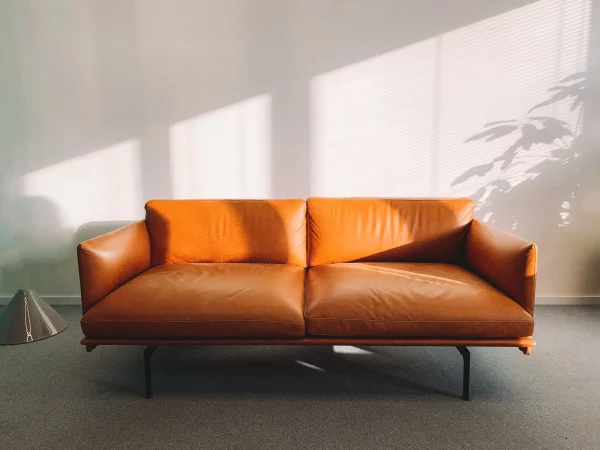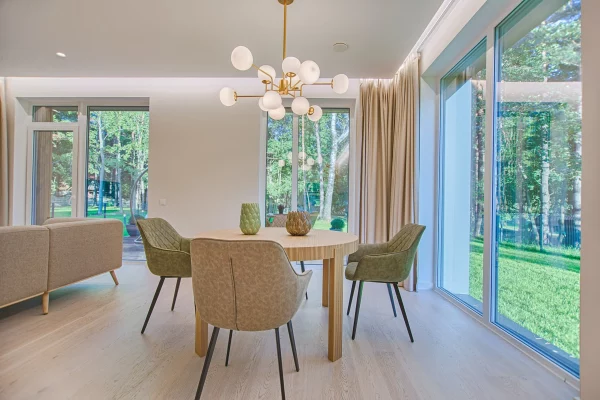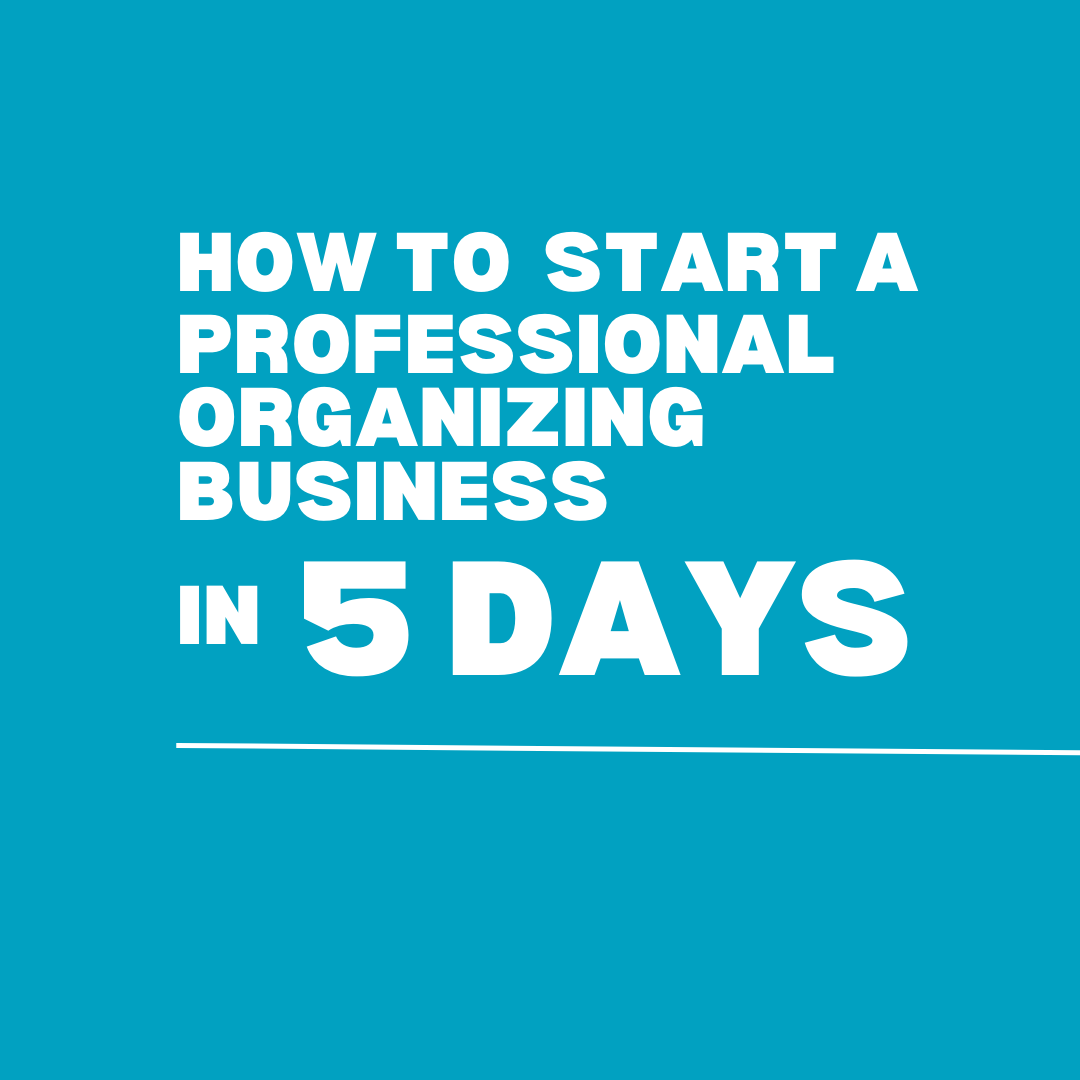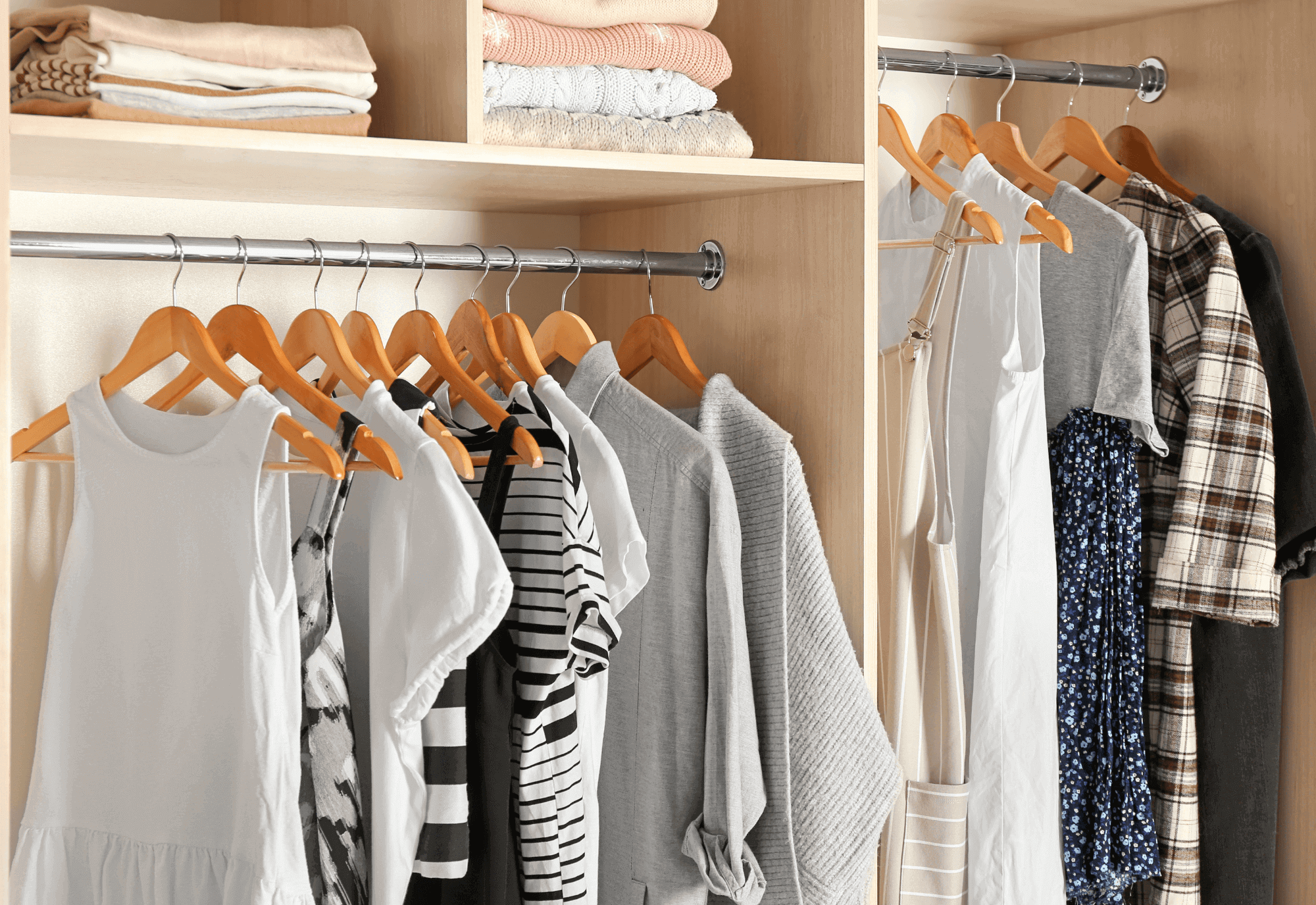How to Start a Home Staging Business
Without Buying Furniture
Starting a home staging business can be overwhelming, primarily due to the high cost of furniture. However, there’s a practical and affordable way to navigate this: starting your business without the heavy expense of buying all the furniture. Renting furniture is an excellent strategy that not only reduces costs but also makes the process simpler. This approach makes entering the home staging world much easier.
If you’re curious about how furniture rental can turn your home staging dreams into a workable business, join us in exploring this effective method.

What is Furniture Rental for Home Staging?
The idea of furniture rental for home staging might seem unusual at first, but it’s a clever solution that many successful stagers use. Renting offers a wide selection of stylish and up-to-date pieces without having to invest heavily in buying your own.
Think of it as hosting an extravagant party but not having enough chairs. You wouldn’t buy dozens more just for one event – you’d rent them. The same principle applies to home staging. You get access to beautiful furniture without bearing high costs or worrying about storage afterward.
Rental companies often provide volume discounts, making it even more cost-effective when staging multiple homes simultaneously. This approach also eliminates transportation headaches because most companies deliver and pick up their items, saving you time and effort. For instance, RentWOW is known for its reliable delivery service across different areas.
What are the Benefits of Renting Furniture for Home Staging?
Ease of Transportation and Setup: Moving large items like sofas or dining tables can be a significant challenge. Rental services eliminate this stress by handling transportation and setup. This convenience is invaluable, especially when dealing with multiple properties or tight deadlines.
Access to a Wide Variety of Styles: Interior design trends are ever-changing. What’s popular today might be outdated tomorrow. Furniture rental companies offer a diverse and constantly updated selection, allowing you to stage homes in line with the latest trends. This flexibility is crucial in appealing to a broad range of potential buyers.
Cost-Effective and Flexible: Buying new furniture requires a substantial upfront investment and comes with depreciation and maintenance costs. In contrast, renting is more affordable, allowing for better cash flow management. This approach is particularly beneficial for new or small-scale home stagers who may not have the resources to invest in a large inventory. Websites like Money Crashers offer insightful financial comparisons and tips in this regard.
Sustainability: Renting furniture is a more environmentally friendly option. It promotes reuse and reduces waste, as the same pieces are circulated and used in multiple staging projects. This sustainable home staging practice aligns with the growing consumer preference for eco-friendly practices.
No Long-Term Storage Worries: Owning furniture means finding space for storage when it’s not in use. This can be both expensive and logistically challenging. Rental eliminates the need for long-term storage, freeing up resources and space for other aspects of your business.
Tailored Solutions for Different Spaces: Rental services often provide customized options suitable for various types of properties. Whether it’s a compact apartment or a spacious house, you can find furniture that fits perfectly, enhancing the property’s appeal.
Risk Mitigation: Renting furniture reduces the risk associated with damage or wear and tear. Rental companies typically handle repairs and maintenance, ensuring that the furniture always looks its best.
How can I Start a Home Staging Business without Rental Furniture?
Understanding the Rental Market:
The first step is in-depth research of the rental market. Explore online resources and local listings to understand the pricing and styles available from various furniture rental companies. A broad selection is crucial, as you need to cater to diverse client tastes.
Sourcing Providers:
After gaining market insights, identify top providers offering high-quality furniture at competitive rates. Seek out companies that provide discounts for bulk or long-term rentals. Building relationships with these providers is key to a successful home staging business launch.
Selecting Furniture Stores Based on Quality, Rental Terms, and Variety:
Quality
Quality is paramount when choosing a furniture store. You want to ensure that the furniture you stage homes with is in excellent condition and reflects well on your services. Check for customer reviews and seek recommendations from industry peers.
Rental Terms
Rental agreements are crucial. Opt for stores offering flexible leasing periods, accommodating the unpredictable nature of real estate deals. Also, consider stores that provide convenient delivery and pickup services, which can save valuable time.
Variety
Variety in furniture styles is essential for tailoring to different client preferences. Look for rental companies like RentWOW, known for their wide range of styles, or CORT Furniture Rental, popular for quality products and customer-friendly lease terms.
Balancing these factors is important. With thorough research and strategic planning, you can find furniture rental stores that align with your home staging business objectives. This approach lays the groundwork for a successful and versatile home staging service. Additionally, enrolling in a home staging course can be a valuable part of your research into furniture rental for home staging.
Courses like Ultimate Academy® Home Staging course provide learners with a comprehensive 60+ page vendor list, including contacts for furniture rental, accessories, and other related services. These types of training courses also teach efficient methods for sourcing furniture.
The Financial Implications of Renting Furniture for Home Staging
Renting furniture for a home staging business often proves more cost-effective than buying, primarily due to considerations around depreciation and maintenance.
Depreciation of Furniture Assets:
Furniture, as a physical asset, depreciates over time, especially when used in staging projects. Upon purchase, a furniture piece immediately begins to lose value. However, by opting to rent, the burden of depreciation falls on the rental company, not your business. This aspect is well-detailed on financial platforms like Investopedia.
Maintenance Benefits:
Maintenance is a crucial factor. When renting, any damage or wear to furniture is typically the responsibility of the rental company. Most suppliers offer repair or replacement services at no extra charge, which can lead to significant savings and reduce logistical headaches.
Bulk Discounts for Larger Projects:
Suppliers often provide volume discounts for bulk or frequent rentals. As your staging projects increase in size or number, the cost per item may decrease. This not only saves money but simplifies inventory management, making business planning more efficient.
Avoiding Storage Costs:
Owning furniture necessitates storage space when not in use. In many areas, storage unit costs can be a substantial added expense. This is not a concern with rentals, as the responsibility for storing items reverts to the supplier once they are returned.
These factors collectively contribute to a more cost-efficient and manageable operation for home staging businesses.
Three Options to Starting a Home Staging Business without Purchasing Furniture
Option 1: Purchasing Accessories and Renting Furniture
In this approach to starting a home staging business, the focus is on purchasing smaller, versatile accessories while renting the larger, more substantial pieces of furniture. This method offers a balance between minimizing initial investment costs and maintaining high-quality staging that appeals to potential buyers.
Why Purchase Accessories?
Enhanced Detailing and Personalization: Accessories like throw pillows, vases, artwork, and curtains can significantly impact the overall aesthetic of a space. They add layers of detail and personality, making the property feel more inviting and lived-in.
Cost-Effective and Easy to Store: These items are generally less expensive than large furniture pieces and are easier to store and transport, requiring less space and logistics planning.
Reusability and Versatility: Accessories can be reused in multiple staging projects, and their versatility allows them to fit into various design schemes and property styles.
Combining Purchased Accessories with Rented Furniture
Strategic Design Approach: This combination allows you to create a unique and appealing staging setup. While the rented furniture forms the base of your design, the accessories you own add the finishing touches that make each space special.
Adaptability: This method is highly adaptable to various property types and client requirements. It enables you to swiftly respond to different staging needs without being restricted by a limited inventory of large furniture.
Cost-Effective Business Model: For new home stagers, this approach offers a financially viable model. It keeps initial costs low while still providing the flexibility to stage homes effectively and attractively.
Overall, purchasing accessories and renting furniture is an excellent starting point for new home stagers. It offers a balance of cost efficiency, design flexibility, and ease of logistics, making it an ideal strategy for those looking to enter the home staging industry with limited capital.
Option 2: Purchasing Accessories and Small Furniture Pieces and Renting Larger Pieces
For new home stagers, managing costs effectively while maintaining high-quality service is crucial. A strategic approach to achieve this balance is to buy small furniture pieces and rent larger ones.
Why Buy Small Furniture Pieces?
Purchasing smaller items, such as lamps, side tables, or decorative accessories, allows you to control the subtler aspects of your staging design. These pieces add character and personalization to a space without being overpowering. They also offer an aesthetic advantage by enhancing the overall look and feel of the staged area.
In addition to their design impact, smaller pieces are more manageable in terms of storage and logistics. Their size makes them easier to transport and store, reducing the need for large storage spaces or extensive handling efforts.
Renting Large Furniture
In contrast, larger furniture pieces, like sofas, beds, and dining sets, are focal points in any room but come with higher costs and storage challenges. Their significant upfront investment and susceptibility to wear and tear make them less ideal for purchase, especially considering the evolving nature of design trends.
Renting these items from furniture rental companies is a smart financial move. It provides access to a wide variety of large furniture options without the need for a large initial outlay or concerns about maintenance and storage.
A Balanced Approach for Effective Home Staging
Combining purchased small items with rented large furniture pieces offers a balanced and flexible strategy. It enables home stagers to create unique, tailored designs for each project while keeping overhead costs low. This approach ensures that the staging setup remains adaptable to various client needs and property types, enhancing the appeal and marketability of the staged properties.
Selectively buying small furniture items and renting larger ones is an efficient and economical strategy for home stagers. This method optimizes budget management, storage requirements, and design flexibility, making it a practical choice for those new to the home staging industry.
Option 3: Purchasing Accessories, Small and Large Pieces of Furniture As Your Business Grow
For home stagers looking to establish a more permanent collection of staging assets, gradually purchasing both small and large pieces of furniture can be a viable long-term strategy. This approach is particularly suitable for those who aim to build a comprehensive inventory tailored to their unique style and clientele.
Why Gradually Purchase Furniture?
Control Over Inventory: Owning your furniture gives you complete control over your inventory, allowing for consistent quality and style across different staging projects.
Long-Term Cost Savings: Although the initial investment is higher, in the long run, owning furniture can be more cost-effective than constantly renting, especially for frequently used items.
Brand Identity and Style Consistency: Having your own collection of furniture and accessories can help in establishing a recognizable brand identity and style consistency, which can be a significant marketing advantage.
Starting with Accessories and Small Furniture
Begin with the Basics: Initially, focus on acquiring versatile and timeless pieces that can fit into various staging scenarios. Accessories like art, cushions, and rugs can significantly impact the feel of a space and are relatively affordable and easy to store.
Expand to Small Furniture: Gradually add small furniture items such as chairs, coffee tables, and bedside tables. These are easier to store and transport than large pieces and can be used in a variety of staging settings.
Advantages of a Full Inventory
Complete Design Freedom: Owning a full range of furniture and accessories gives you the creative freedom to stage homes exactly as you envision.
Readiness for Diverse Projects: A comprehensive inventory allows you to take on a wider range of projects, catering to different client tastes and property types.
Adopting this strategy allows home stagers to build a unique and personal inventory over time, enhancing their service offerings and market position. It is an investment in the future of the business, enabling growth and development in line with evolving client needs and market trends.

FAQs in Relation to How to Start a Home Staging
Business Without Buying Furniture
The profitability of a home staging business depends on various factors. If you possess strong staging skills, cater to a market with demand, and manage costs effectively, your business can be highly profitable. It’s essential to offer value to clients by transforming properties effectively, which can lead to higher fees and repeat business.
Profitability may also be influenced by the geographic location and the real estate market’s health. Conduct thorough market research to gauge potential earnings in your area.
Marketing yourself effectively as a home stager is crucial for success. Building an impressive portfolio showcasing your staging projects is a great start. Use high-quality photos of your work to create an eye-catching portfolio that demonstrates your skills and style. Leverage social media platforms to showcase your portfolio and engage with potential clients.
Attend networking events with realtors and homeowners to establish relationships and gain referrals. Consider creating a professional website and investing in online advertising to expand your reach.
You don’t need to invest in a full inventory of furniture right away. Instead, start by renting high-quality furniture pieces from reputable sources based on the specific needs of each staging project. Renting allows you to tailor your furniture selection to match the style and size of the property you are staging.
As your business grows and you have a better understanding of the types of projects you encounter, you can gradually build a more targeted inventory of furniture that aligns with your typical staging requirements.
No, purchasing furniture is not a requirement to start a home staging business. In fact, many successful home stagers opt to rent furniture rather than investing in a full inventory.
Renting furniture provides flexibility, reduces upfront costs, and eliminates the need for storage space. It allows you to access a wide range of furniture styles and sizes to suit different projects.
Typically, furniture used for staging is returned to either the furniture rental company or to you if you own it. In most cases, staging furniture is not sold with the property unless explicitly negotiated in the real estate transaction.
However, homeowners who are impressed with the staged furniture may inquire about its source or express interest in purchasing it separately. This can be an opportunity to generate additional income by selling or renting the furniture used in staging.
Conclusion
Starting a home staging business without buying furniture is a practical and financially savvy approach. Renting furniture offers numerous advantages, including cost savings, ease of transportation, access to a variety of styles, and no long-term storage concerns. It’s an environmentally friendly option that allows for flexibility and creativity in staging designs.
By understanding the rental market, sourcing reliable providers, and balancing the purchase of small items with renting larger pieces, you can build a successful home staging business. This strategy not only optimizes your budget but also enhances the appeal of the properties you stage, making it a win-win for your business and your clients.









